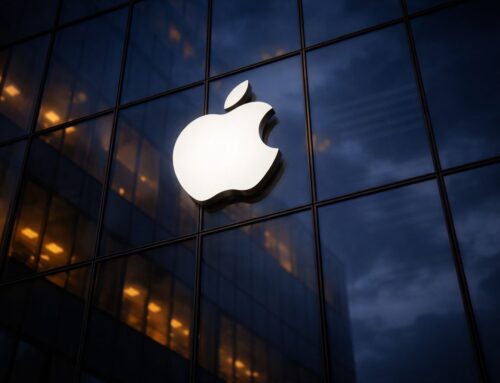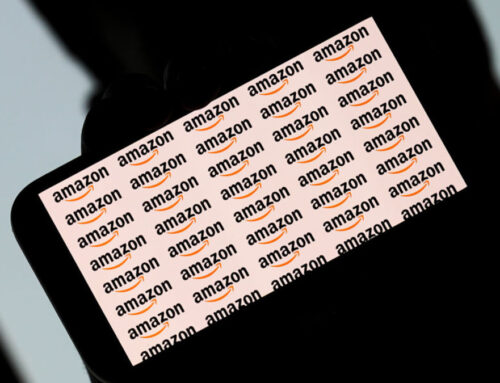Microsoft’s Big Bet on Carbon Removal: 3.7 Million Tons with CO280
April 14, 2025
Microsoft has made a major move to address climate change by partnering with CO280, a company focused on large-scale carbon dioxide removal (CDR). The tech giant made a big announcement to buy 3.7 million metric tons of carbon removal credits from CO280. This deal is one of the largest for carbon capture so far.
The agreement will help Microsoft move closer to its goal of becoming a carbon-negative company by 2030. But what does this deal mean for the environment, and how does it work? Let’s take a closer look at the deal, the technology behind it, and its potential impact on the fight against climate change.
The CO280-Microsoft Carbon Removal Agreement
Carbon removal means capturing carbon dioxide (CO2) from the air. It stores this gas to stop it from causing global warming. It is different from carbon offsetting. While offsetting reduces emissions in other places, carbon removal lowers the total CO2 in the air.
There are various methods of carbon removal, including planting trees, soil carbon sequestration, and direct air capture. Microsoft’s deal with CO280 aims to capture carbon dioxide from pulp and paper mills. This innovative method uses current infrastructure to take CO2 out of the atmosphere.
The agreement between CO280 and Microsoft will span 12 years. It involves CO280’s first carbon capture project at a pulp and paper mill located on the U.S. Gulf Coast. The project will capture CO2 emitted during the production of paper and other products, storing it in underground geologic formations.
- CO280 will remove 3.7 million metric tons of CO2, a significant step toward Microsoft’s ambitious carbon-negative goal.

How Does the CO280 Carbon Capture Process Work?
CO280’s carbon removal process upgrades current pulp and paper mills with carbon capture technology. The removal partners with SLB Capturi, a joint venture of SLB (formerly Schlumberger) and Aker Carbon Capture, to set up the carbon capture units.
These mills use “recovery boilers” to recycle chemicals during the paper-making process. These boilers also release biogenic carbon dioxide, which was previously absorbed by the trees used in pulp production.
Normally, this carbon would be released into the atmosphere. However, with the new technology, CO280 captures the CO2 emissions before they can escape.

Once captured, the CO2 is transported via pipeline to a storage site, where it is permanently stored underground. In the first phase of the project, CO280 aims to capture about 40% of the biogenic CO2 from the mill. It also plans to capture around 30% of total CO2 emissions, including both biogenic and fossil fuel sources.
CO280’s strategy builds on the U.S. pulp and paper industry to scale CDR efficiently. Key advantages include:
-
Rapid Scalability:
U.S. pulp and paper mills emit 88 Mt of biogenic CO2 yearly, which the company targets. CO280 reduces cost and risk by retrofitting existing mills with carbon capture, using current infrastructure and biomass supply chains. Standardized designs and financing speed up replication. -
Sustainable Biomass Use:
97% of wood goes to SFI-certified mills; 90% to mills certified by both SFI and FSC. Many rely on residual biomass and recycled content. All CO280 projects meet top voluntary carbon market sustainability standards. -
Energy Efficiency:
Projects use waste heat and/or waste biomass to run capture systems, lowering emissions and boosting sustainability. -
Close to Carbon Storage:
Over 75% of U.S. mills are within 100 miles of CO2 storage sites. A growing U.S. pipeline and storage network supports permanent, safe CO2 sequestration.
How important is this deal for Microsoft?
This deal is a major milestone for Microsoft and the carbon removal industry. Microsoft has been working to reduce its carbon footprint for years, purchasing renewable energy and making other efforts to reduce emissions.
However, some emissions are impossible to eliminate, and this is where carbon removal comes into play. By purchasing carbon removal credits, Microsoft is helping to balance out the emissions it can’t avoid.
This deal also plays a significant role in scaling up carbon removal technologies. The project is one of several CO280 is developing, with the goal of capturing millions of metric tons of CO2 by 2030. The success of this project could help pave the way for more large-scale carbon removal efforts in other industries.
The Pulp and Paper Industry in Net Zero
One of the most interesting aspects of CO280’s approach is that it uses existing infrastructure to capture carbon. The pulp and paper industry is a significant emitter of CO2, releasing around 88 million metric tons of biogenic CO2 annually.

And CO280’s technology could help scale carbon removal in the industry. It retrofits mills with carbon capture tech that creates a scalable and cost-effective way to capture emissions.
The Role of CO280 and SLB Capturi
CO280, founded in 2021, focuses on developing large-scale carbon removal projects. The company partners with pulp and paper mills, as well as other businesses, to capture CO2 and create carbon credits that can be sold in the voluntary carbon market.
CO280’s partnership with Microsoft is one of the largest agreements to date and could serve as a model for future projects.
To implement the carbon capture process, CO280 works with SLB Capturi, a leading provider of carbon capture technology. SLB Capturi captures CO2 from industrial emissions using an amine-based process. This method is proven and widely used in the energy sector.
Captured CO2 is transported to storage sites. There, it gets stored permanently in underground formations.
The Broader Picture: Tackling Climate Change
The agreement between Microsoft and CO280 is part of a broader effort to reduce global CO2 emissions. The International Panel on Climate Change (IPCC) says the world must remove 10 billion metric tons of CO2 from the atmosphere every year by 2050. This is key to meeting global climate goals. Microsoft’s carbon removal deal is a significant step in this direction.
The partnership between CO280 and Microsoft is just the beginning. CO280 is working on additional projects with pulp and paper mills, with plans to capture millions of tons of CO2 by 2030. Microsoft’s investment in these projects will boost carbon removal technology and global decarbonization efforts.
Search
RECENT PRESS RELEASES
Related Post



